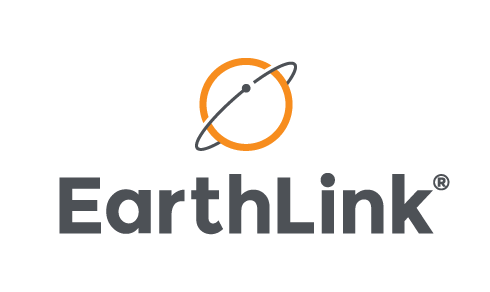Surprisingly, Earthlink doesn’t offer an internet discount deal to low-income families. The company is more or less alone in this. Even the company’s former partner has an access plan for families receiving Federal assistance.
The company doesn’t do too well on delivering its promised speeds. The Federal Communications Commission periodically investigates the major internet service providers to check whether their service is as good as their adverting promises. The latest study was performed during 2018 and 2019. These tests don’t detail the EarthLink performance separately because the company was still regarded as being part of Windstream. However, the Windstream performance (and therefore also that of EarthLink) was not too good.
The FCC tested the performance of the service from several residential user locations and found that Windstream/EarthLink didn’t deliver their promised speeds either in peak hours or at off-peak times. The results of this study are contained in the Report on Consumer Fixed Broadband Performance in the United States.
The American Consumer Satisfaction Index (ACSI) also scrutinizes the performance of the USA’s major internet service providers every year from the perspective of consumer opinion. The latest findings of the survey, like the FCC, still lump EarthLink in with Windstream. Again, the service didn’t score very well.
The ACSI measures customer satisfaction as a percentage and publishes those findings annually. The last edition of the ACSI Telecommunications Report compares the score of each ISP in 2019 with its score in 2018. Windstream/EarthLink got a score of 56 percent in 2018 and 57 percent in 2019. This put the company in ninth place in both years.
Although the EarthLink service footprint makes its internet plans available to 165 million US residents, its customer base isn’t nearly as big. The company actually has one million subscribers. That figure is a long way below the company’s potential and it means that the service is not the most widely used internet provider in the USA. By comparison, AT&T has 15.7 million subscribers to its internet service in the USA.
EarthLink’s greatest customer base is concentrated in the big cities of Texas and California. It also has a large customer count in New York and Chicago. The service quality of EarthLink’s internet is not consistent all over the country. Rural areas don’t get the fast speeds available in the big cities.
The best internet service from EarthLink is available where the company has fiber optic cable laid. The states that have the slowest service available from EarthLink include Delaware, Connecticut, Maryland, Massachusetts, and Washington DC – densely populated areas that would ordinarily be expected to be the first choice of any communications company.
The slowest speed offered by EarthLink is 3 Mbps. The fastest speed available from EarthLink is the Hyperlink 1 Gbps plan, which gives 1,000 Mbps. These speeds all refer to download performance – the company does not advertise its upload speeds.
When looking for residential internet service, knowing the download speed is much more important than details of the upload speed. “Download” refers to traffic traveling from the ISP’s internet access point to the customer’s modem. “Upload” traffic goes from the customer to the ISP’s internet access point.
Residential users receive much more traffic than they send. For example, the request for a web page involves a very low number of bytes of data. The response, containing all of the code for the page requires a large volume of data, particularly if the page contains images or videos.


